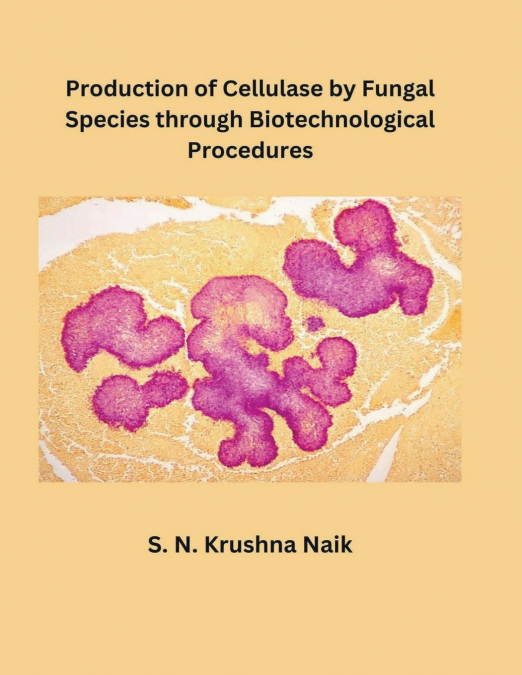
S. N. Krushna Naik
The most essential aspects of human life, almost all over the world are energy and environment. On the side of energy, conventional sources that are meeting the demand will not last longer. Therefore, the immediate solution for such crises is utilizing non- conventional, alternative and renewable resources. These resources are to be explored for this purpose. Present day situation is that the earth is threatened due to enormous environmental pollution. The problem of pollution is increasing in recent years due to indiscriminate disposal of solids and liquids that are rich in organic contents. Of late, these organic wastes are considered for generation of energy by biotechnological means. It is obvious that there are two distinct benefits for such utilization of solid and liquid wastes. The practice will provide twin benefits; saving the environment from pollution menace and generating valuable energy. Agricultural residues, a great source of lignocellulosic biomass, are renewable, chiefly unexploited and inexpensive that can be used for the production of a greener energy. The threat of limited fossil fuel reserves depletion at an alarming rate and created a lot of problems for civilized world, immediately warranted concentrated on utilization of renewable resources for the production of a greener energy. This greener energy promised meeting the high energy demand of the world. Woody and non-woody plant biomass has been aimed at solving the present-day energy crises. The composition and proportion of cellulose, hemicelluloses and lignin constitute around 90% of dry-weight of plant biomass. The composition of lignocellulose is different, but limited plant residues has already available. Lignocellulose biomass is abundant in nature, and represents more than half of the organic matter produced globally by way of plant photosynthesis. Bioconversion of relatively inexpensive lignocellulosic biomass into biofuels and value-added products can effectively alleviate pressure of energy supply. Such conversion benefits sustainable development. Cellulose is a copious as well as ubiquitous natural polymer, being principal constituent of plant cell wall. Cellulase is recognized as one of the most important enzymes that are used in the pulp and paper processes. The application of cellulolytic enzymes in the bioleaching process is environment-friendly in nature and can improve the quality of pulp and paper. The addition of cellulase to the silage production process can improve the quality of silage fermentation as it can increase both the fiber degradation and the content of water-soluble carbohydrates (WSC) which are substrates for lactic acid bacteria